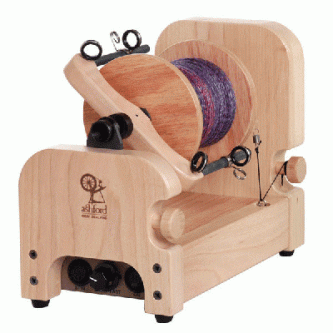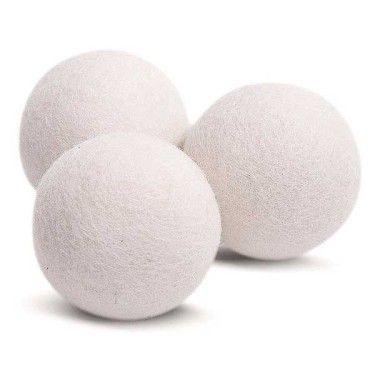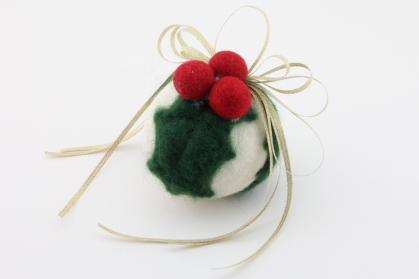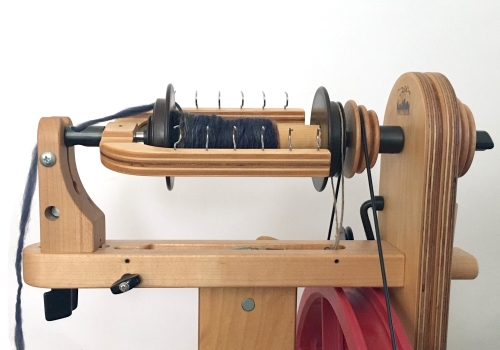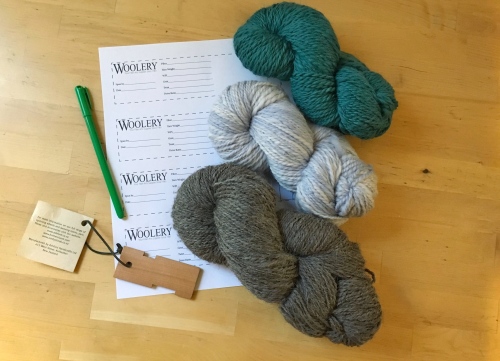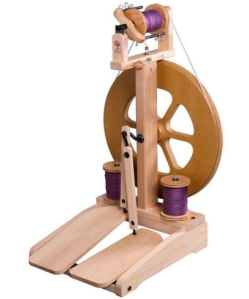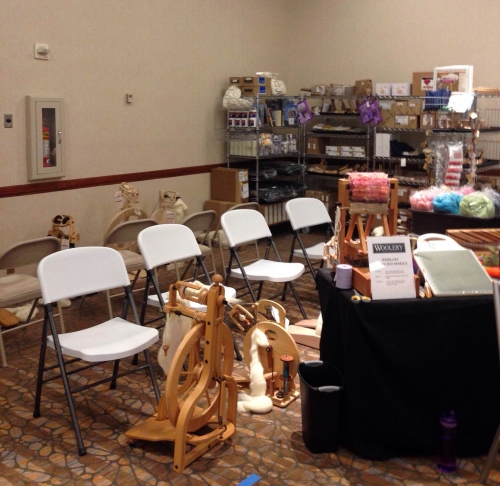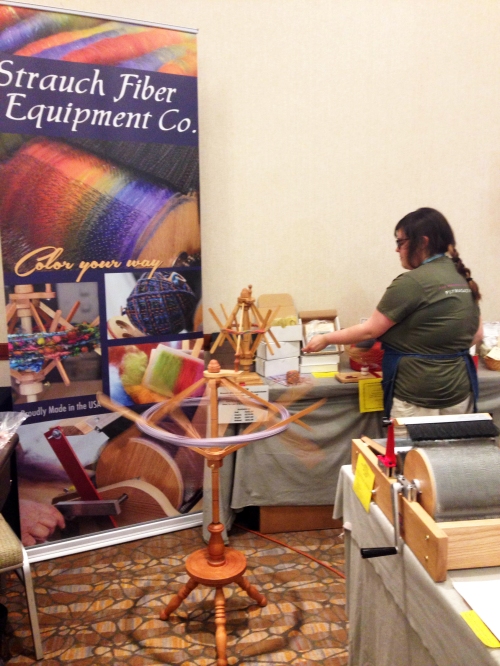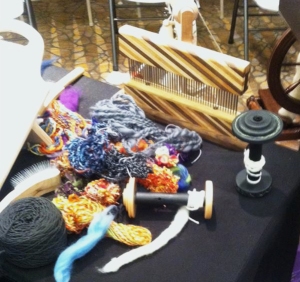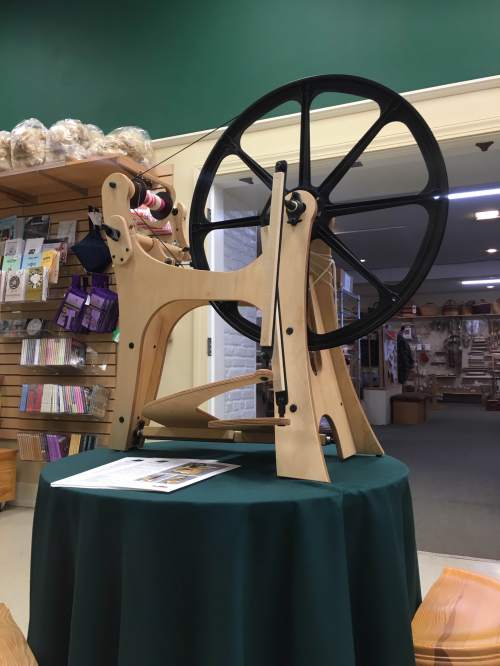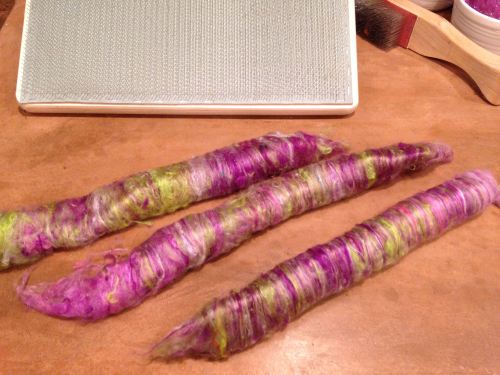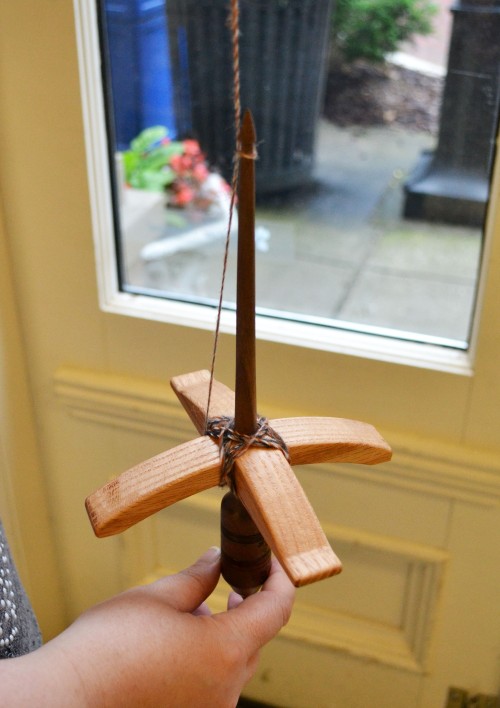How has your Spring been going? We’re about to kick into Summer and we have been preparing by stocking up some fun new stuff!

We are so excited to have this new, exclusive to The Woolery, 100% Extra Grade Mulberry Silk yarn! It’s available in both 20/2 and 60/2 in 8 vibrant colors. This is the perfect yarn to make your next weaving project extra special. Please note that this yarn is sold by the cone, not by weight, each cone is about 250g of yarn (+/-3%).
Snyder Glider Turkish Spindles

These are each individually handcrafted by Scott Snyder and come in a few different exotic hardwood options like Zebrawood, Tiger Maple, Padauk, and Leopardwood. Each one is a unique work of art. There are 3 different sizes: Mini, Medium, and Large, so there should be one to fit every spinner’s different needs.

Imported from India this is the authentic “Gandhi” Charkha Wheel. You might recall Ben Kingsley in the movie spinning on one of these. Hand-crafted in teak by an Indian firm for domestic users (yes, they are still used today), the most popular size is the book Charkha.
This deluxe model provides the familiar smooth “feel” of spinning on a traditional spinning wheel.

We started carrying over 20 new books! They focus on all types of different fiber arts: dyeing, weaving, spinning, just about anything your heart could want. Peruse over our Books/Magazines section of the website to see what we have. One of our more unique book offerings is Wool and Wine by John Martin. This book tells the stories of the people behind unique pairings of yarn and wine – how they got their start, where they are headed and what has happened along the way. Captured in 175 stunning photos and featuring 12 family run wineries and 12 independent dyers from across North America and Europe, the book brings together yarn, wine, food recipes, knitting patterns and projects from some of today’s most prominent knitting designers in a fun, engaging package with a little something for everyone.

Continuous Strand Weaving is one of our favorite weaving methods and these triangle looms are a great platform for it! Use these triangles looms to make all kinds of projects from scarves, blankets, purses, vests, and skirts. Loom disassembles for easy transport and storage. They come in 3′, 4′, and 5′ sizes (size measured by the length of the hypotenuse).

Unique fibers are something that we are always on the lookout for, so we can’t wait to share this Banana Fiber with you! It is a natural bast fiber. Due to its lightweight and comfortable hand, banana fiber is popular in Japan for use in summer wear as well as traditional kimono and kamishimo garments.
Banana fiber blends easily with cotton and other natural fibers. It is similar in appearance to bamboo and ramie fiber. However, banana fiber is finer and easier to spin than either bamboo or ramie. Our favorite feature is: it is biodegradable and has no negative environmental effects, a true eco-friendly fiber.
We hope you are as excited by all of these fun new products as we are!
SaveSave

